I recently read (and reviewed) Maurice Pommier's children's bookabout woodworking called GrandPa's Workshop. It's a charming book and it introduced me to the uniquely French tool called the besaigue. To a modern American woodworker's eyes, it's an odd, ungainly looking tool, but after hearing how it might be used, I've come to see how it could actually be useful in the right situation. A besaigue, pronounced as best as I can determine as Bay-say-gwe', is a long, double-tipped chisel, with a mortising chisel on one end, and a broad, flat chisel or firmer chisel on the other end. In the middle is a long rod with a handle attached at the midpoint. The purpose of the tool is for timber framing. The long end not being used is placed on the shoulder, and the handle is used to pare down or punch down into a beam to create a mortise. From other reading, it seems to have been commonly used up until perhaps the 17th century along with a large brace and bit to create round-ended mortise slots for structural timbers.
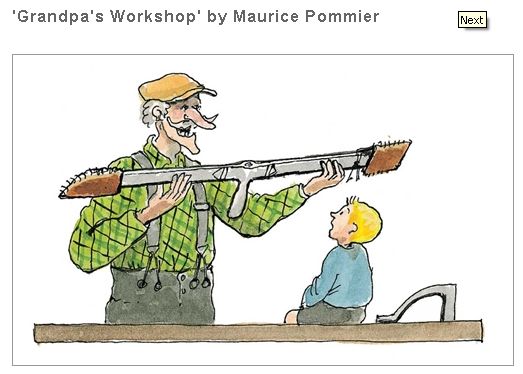 French Style besaïgue from the collection of the Ethnographic Museum of Geneva
French Style besaïgue from the collection of the Ethnographic Museum of Geneva
 What I didn't learn from this reading, however, is whether or how this tool was ever used in the English-speaking world.
What I didn't learn from this reading, however, is whether or how this tool was ever used in the English-speaking world.
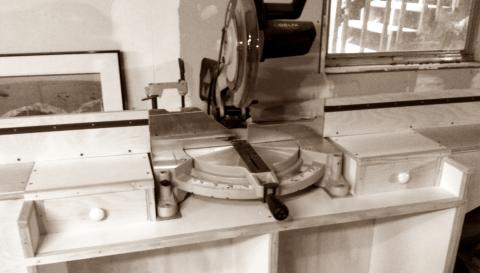

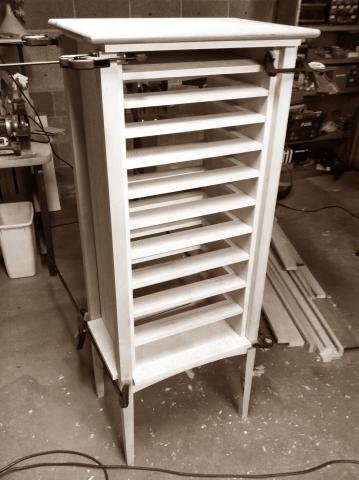
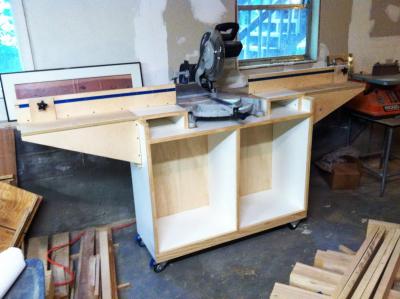
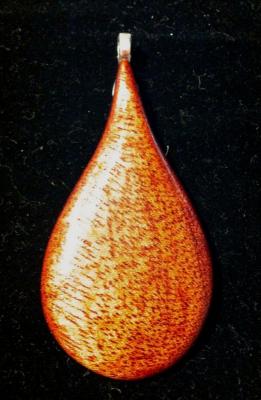 I put four coats of spray gloss polyurethane to the pendants (with a final 400 grit light sanding before the final coat.) Glued on some stainless bails that Adriana had (Thank you, Baby!) Took some photos so I have a record of what I made now that I'm hoping to sell them this weekend, and if they don't go there, I'll add them to Adri's Etsy store. I'm proud of the way these turned out. It emphasizes one of the main reasons I woodwork, I love the appearance of the material. I think that wood, when treated well, is more beautiful than cut gemstones. That's the main reason why I do these little pieces.
I put four coats of spray gloss polyurethane to the pendants (with a final 400 grit light sanding before the final coat.) Glued on some stainless bails that Adriana had (Thank you, Baby!) Took some photos so I have a record of what I made now that I'm hoping to sell them this weekend, and if they don't go there, I'll add them to Adri's Etsy store. I'm proud of the way these turned out. It emphasizes one of the main reasons I woodwork, I love the appearance of the material. I think that wood, when treated well, is more beautiful than cut gemstones. That's the main reason why I do these little pieces. 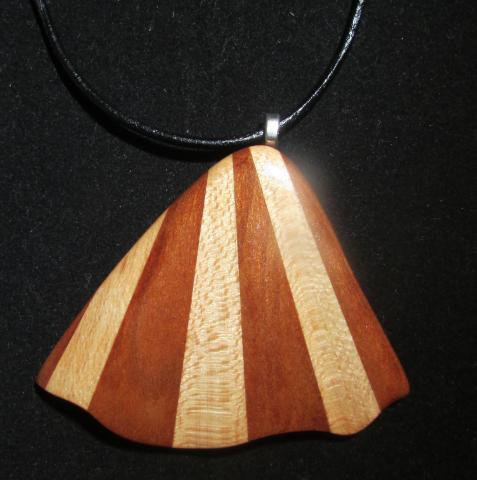
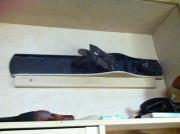
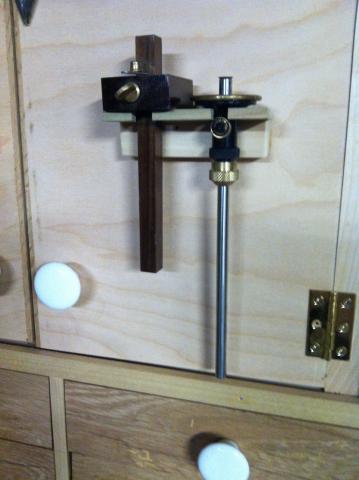


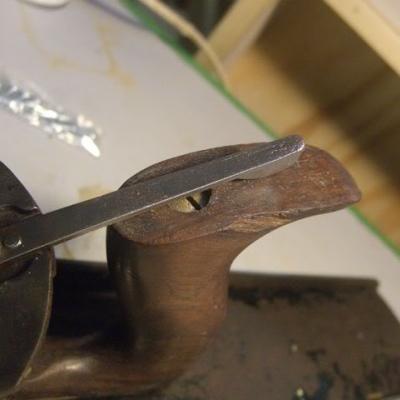 I'm a numbers guy. It's how I'm wired. And I know I'm going to catch flack for this, but I have been wanting to find a way to attach a number to my woodworking skill level. I've wanted to do this for several years. As a slowly progressing amateur who largely interacts with other woodworkers only through social media, I have no other way to judge my own progress.
I'm a numbers guy. It's how I'm wired. And I know I'm going to catch flack for this, but I have been wanting to find a way to attach a number to my woodworking skill level. I've wanted to do this for several years. As a slowly progressing amateur who largely interacts with other woodworkers only through social media, I have no other way to judge my own progress.